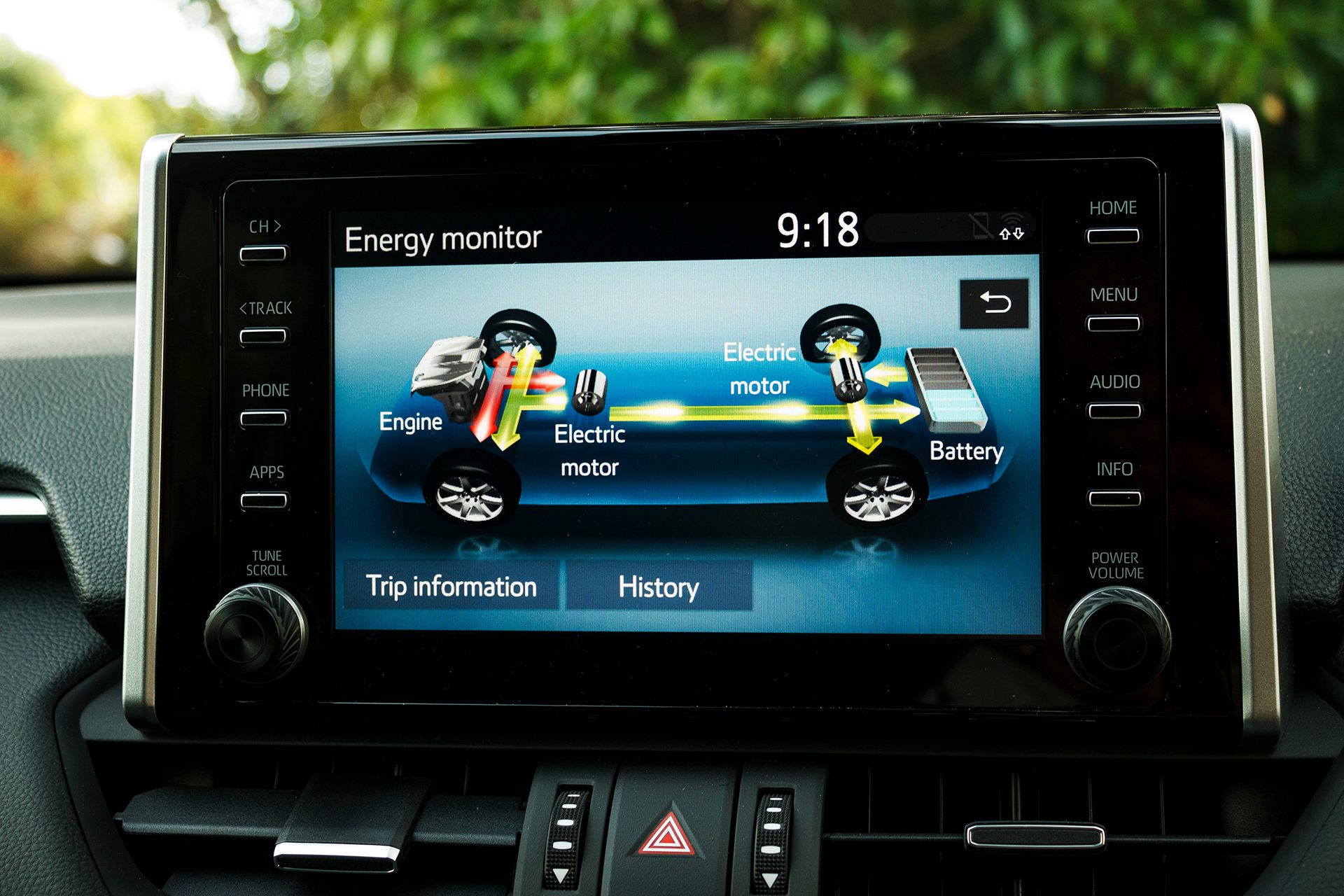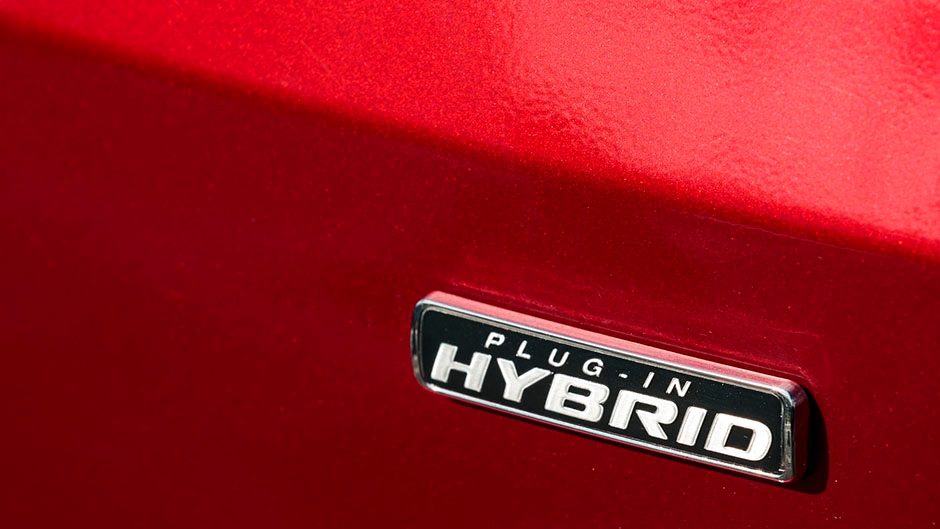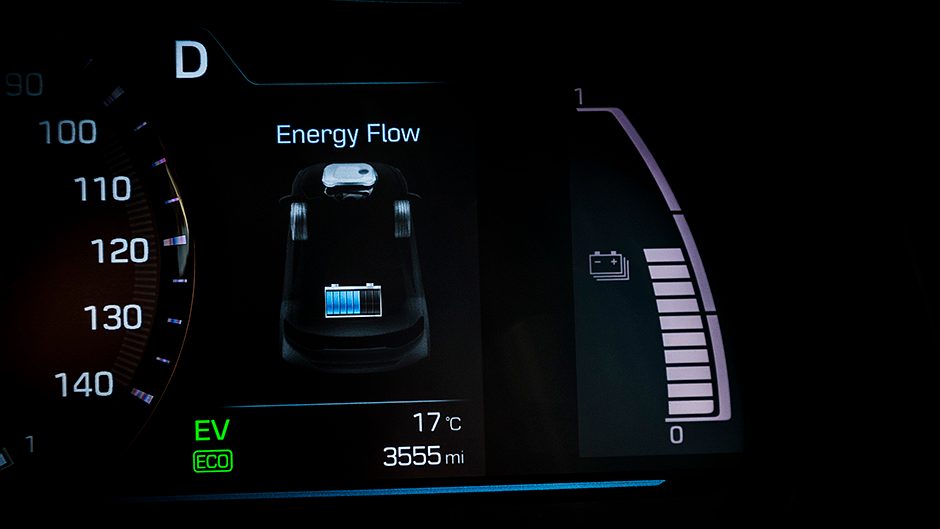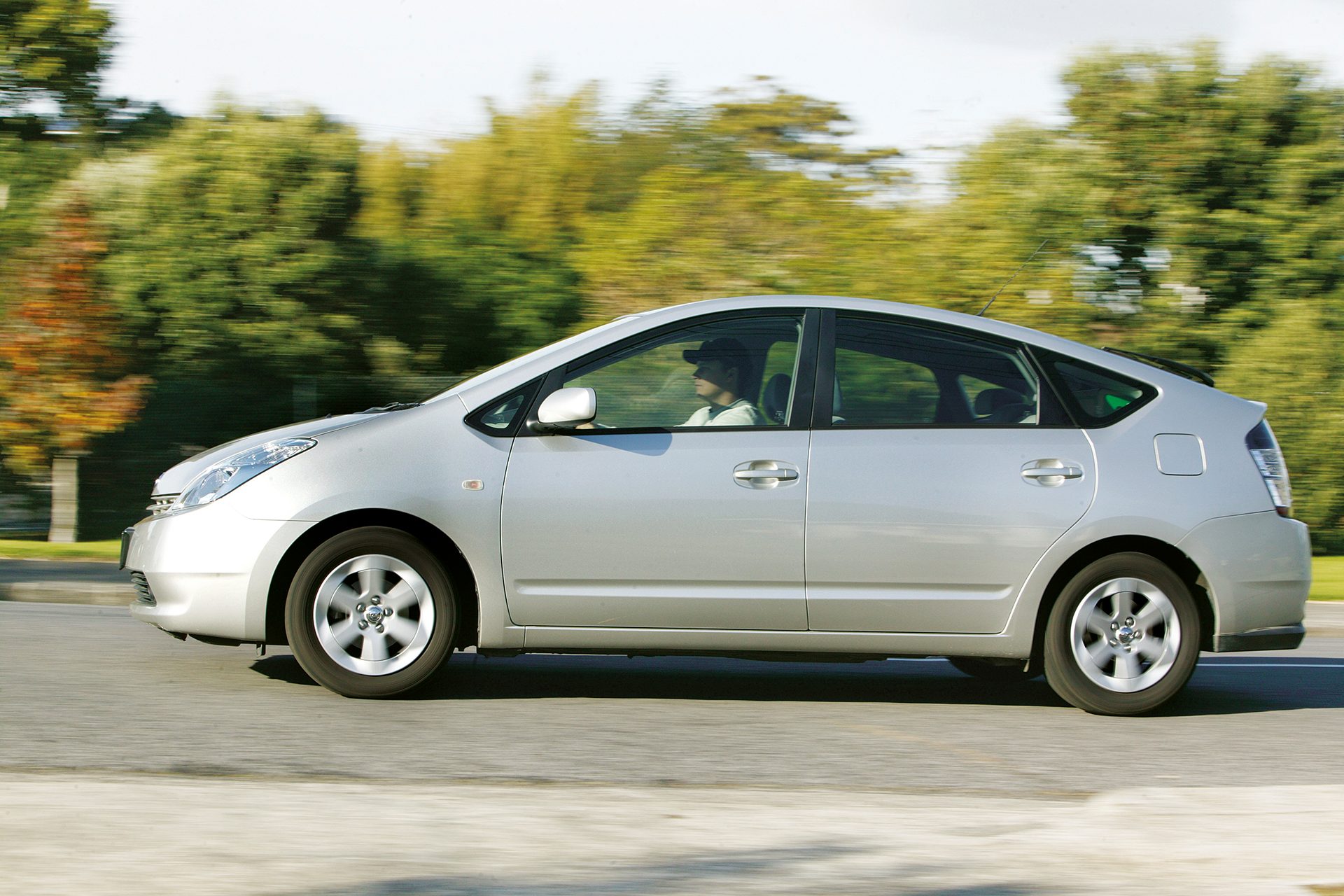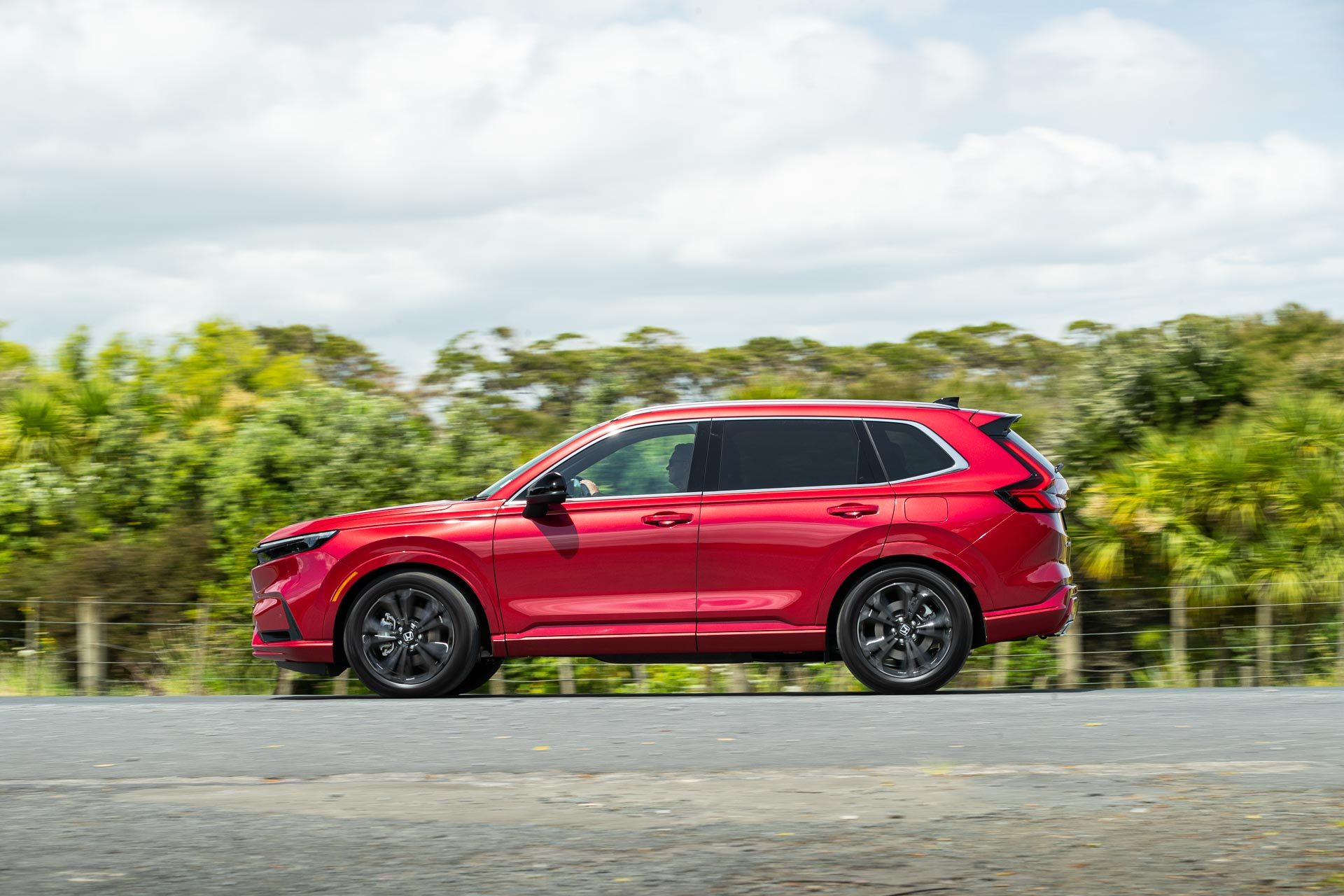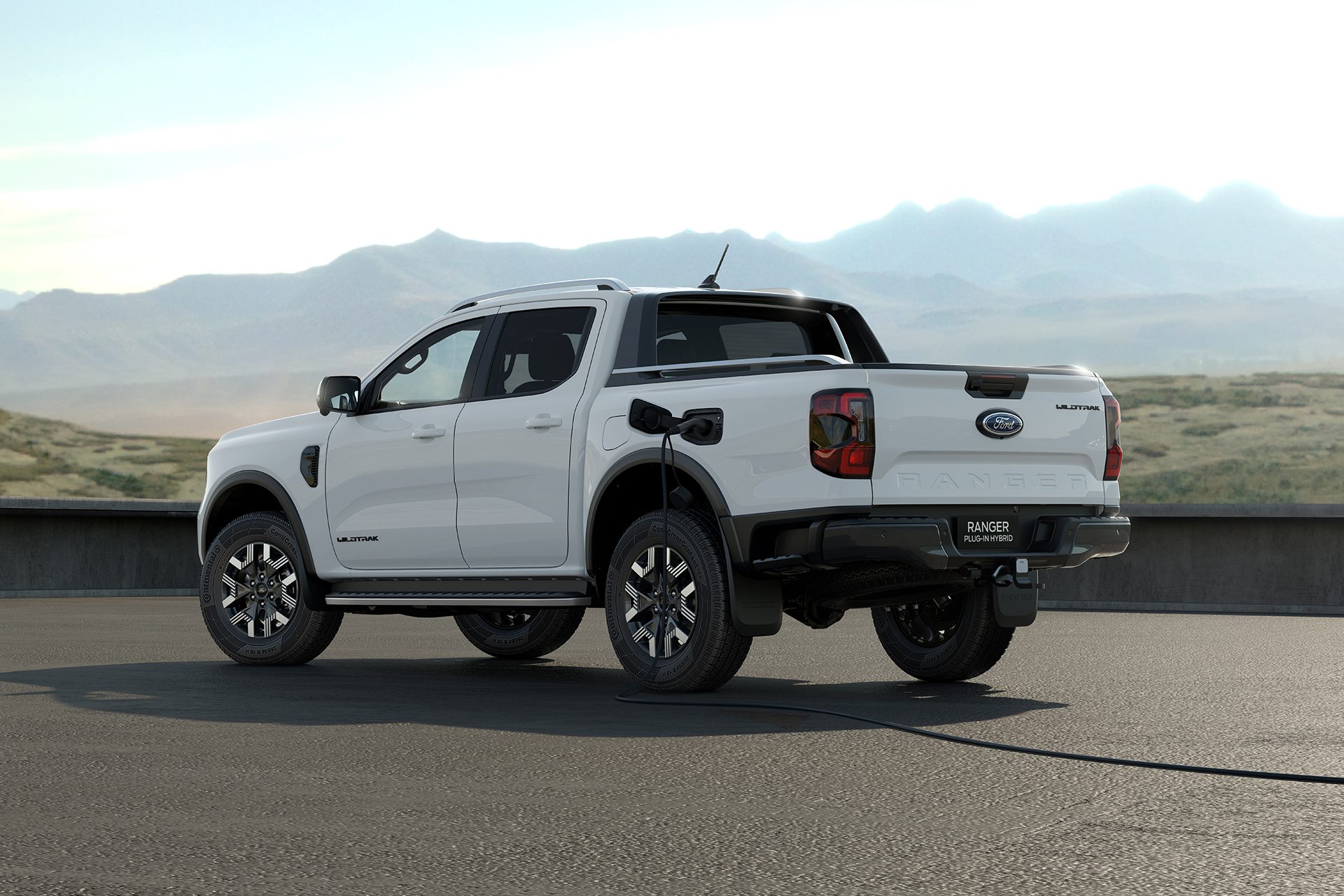Feature article
What are hybrid cars and how do they work?
Hybrid cars are those that use both an electric motor and an internal combustion engine to deliver a smooth drive.

Hybrid cars are those that use both an electric motor and an internal combustion engine to deliver a smooth, torquey drive experience while lowering your overall fuel use and tailpipe emissions. They have a small, high voltage battery that powers the electric motor but you don’t need to plug a hybrid vehicle in; the system ensures the battery is always sufficiently charged to help out. You just fill them with gas when the fuel gauge is nearing E for enough.
Compared with a conventionally-powered car or SUV, the equivalent hybrid model will likely be 20-30 per cent more fuel efficient. Hybrids might cost a little more than the equivalent pure-ICE model but the payback will be swift in terms of lower fuel bills. The electric boost usually makes for a more refined, smoother drive experience too.
So, how do hybrid cars work?
Hybrid cars usually employ an efficient petrol engine which is teamed with an electric motor and small, high-voltage battery. The electric motor can power the vehicle alone, but usually only at slow speeds (in traffic and around the parking lot) with the engine coming in to add its power when needed. But when the extra power is not required, the engine is switched off to conserve fuel.
A hybrid can recharge its battery when it is decelerating or braking. It does this via a process called regenerative braking. When you brake, a hybrid can use its motor to act as a generator, the wheels turning this generator to make power for the battery (while also helping you slow down). The hybrid still uses its mechanical friction brakes as well, but they get far less use than they would on a conventional car.
A hybrid can also use the engine to turn the generator to make power to recharge the battery. It does this when regenerative braking isn’t sufficient to top the battery up, say when you are cruising on the motorway, and therefore not using the brakes. This is one reason why hybrids are generally more efficient in stop/start urban running than they are on the highway.
What kinds of hybrids are there?
The most popular kind are Parallel hybrids like the Toyota Prius and RAV4 (and all other Toyota hybrids). They can use either the motor or the engine to drive the car, or a combination of both (whatever is the most efficient). The electric motor usually gets things underway and then the petrol engine will chime in and take over, to help you accelerate more efficiently. The engine will then switch on and off, depending on how hard you push the accelerator.
The Series hybrid is something a bit different. It uses the electric motor to drive the vehicle alone while the engine is used to power the generator which charges the battery. The new Honda CR-V RS is an example of the Series hybrid.
What about mild hybrids?
A mild hybrid uses a much smaller electrical device and lower voltage battery to improve fuel efficiency. A mild hybrid cannot run solely on electric power. Instead, the electric motor assists the engine during certain situations, such as acceleration or start-stop scenarios. The Suzuki Swift hybrid is an example of the mild hybrid. They help in reducing emissions and improving an engine’s refinement levels, but the fuel savings are far less than a high voltage hybrid.
What is a plug-in hybrid?
Think of these as half EV, half regular hybrid. They have a more powerful electric motor and bigger battery pack than a self charging hybrid which allows them to operate using the electric motor alone at speeds up to (and exceeding) 100km/h. Depending on the model, some deliver up to 100km of tailpipe-emissions free motoring. Once the battery can no longer support full electric drive, the plug-in reverts to regular hybrid operation. These plug-in hybrids might suit someone that does 50-60km a day, and can recharge the battery every night to enjoy low emissions urban motoring. And when they go further afield, they don’t need to worry about recharging, as the petrol engine gives a plug-in hybrid the usual range and refuelling convenience of a normal car. Plug-in hybrids are more expensive however, often the equivalent price of a full EV, and they are also subject to RUCs
Author
Other articles you might like
